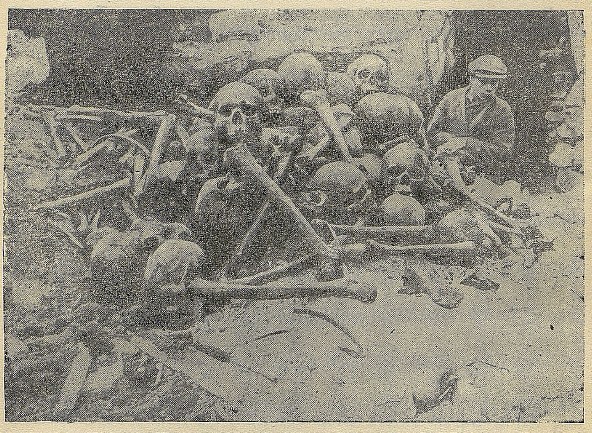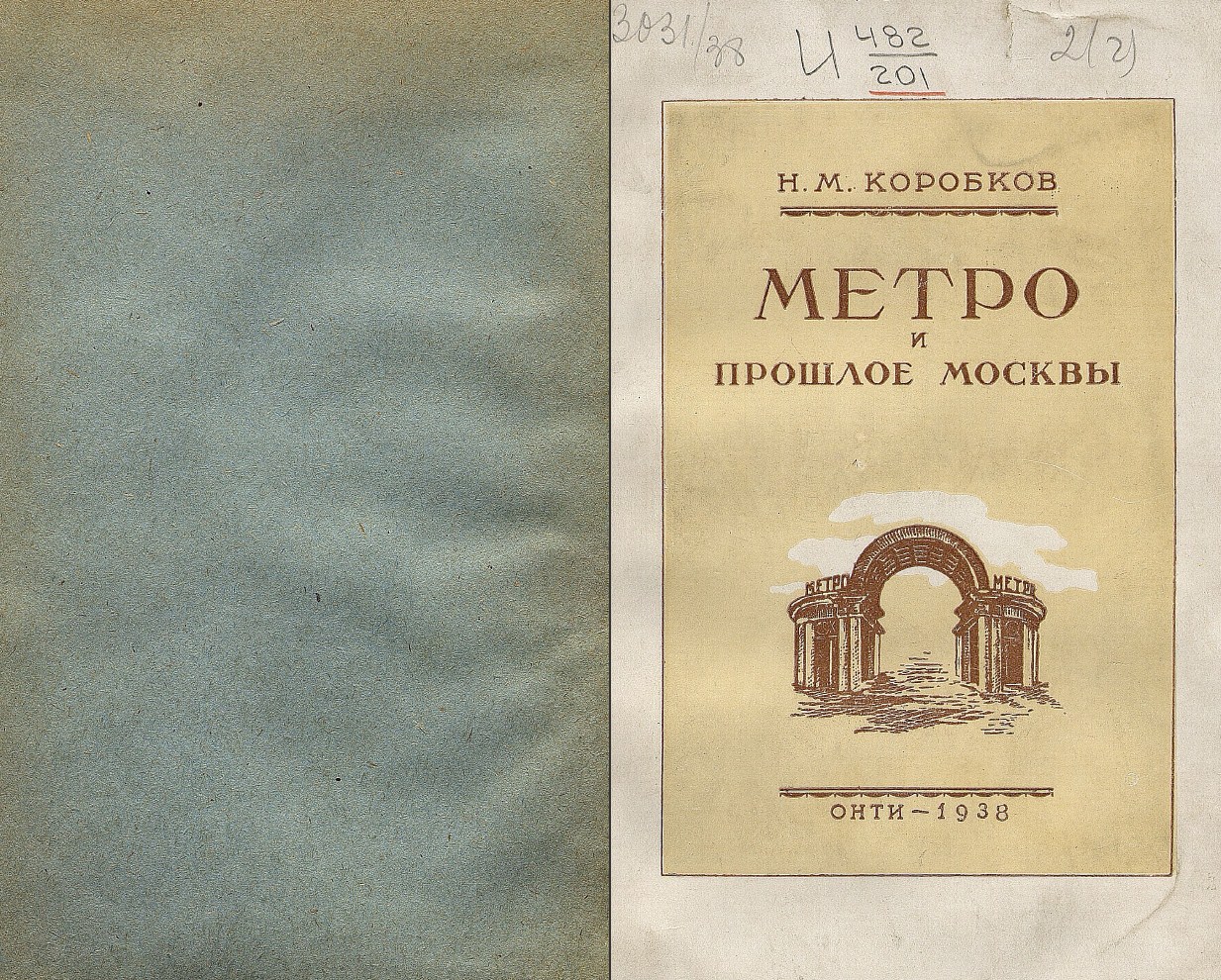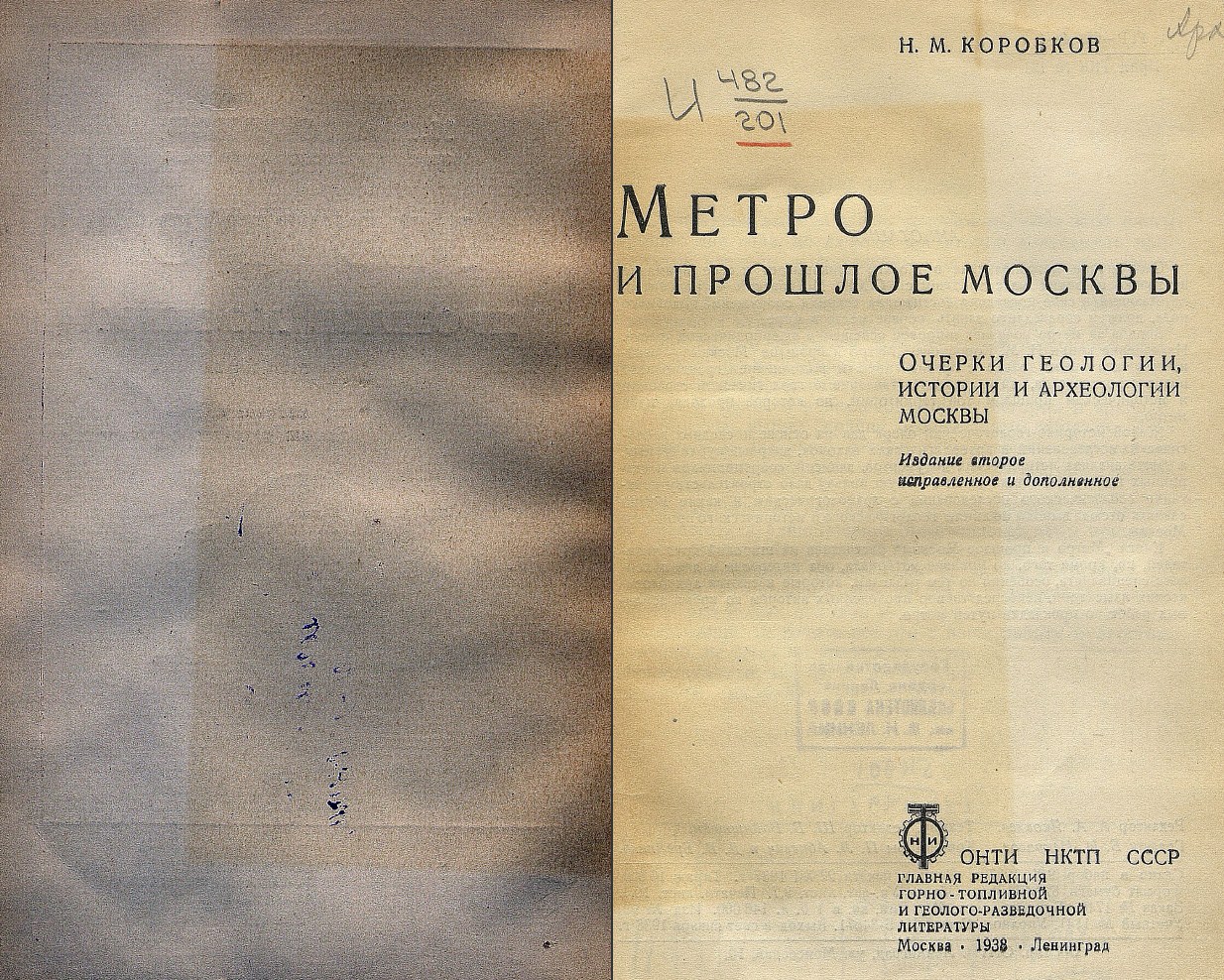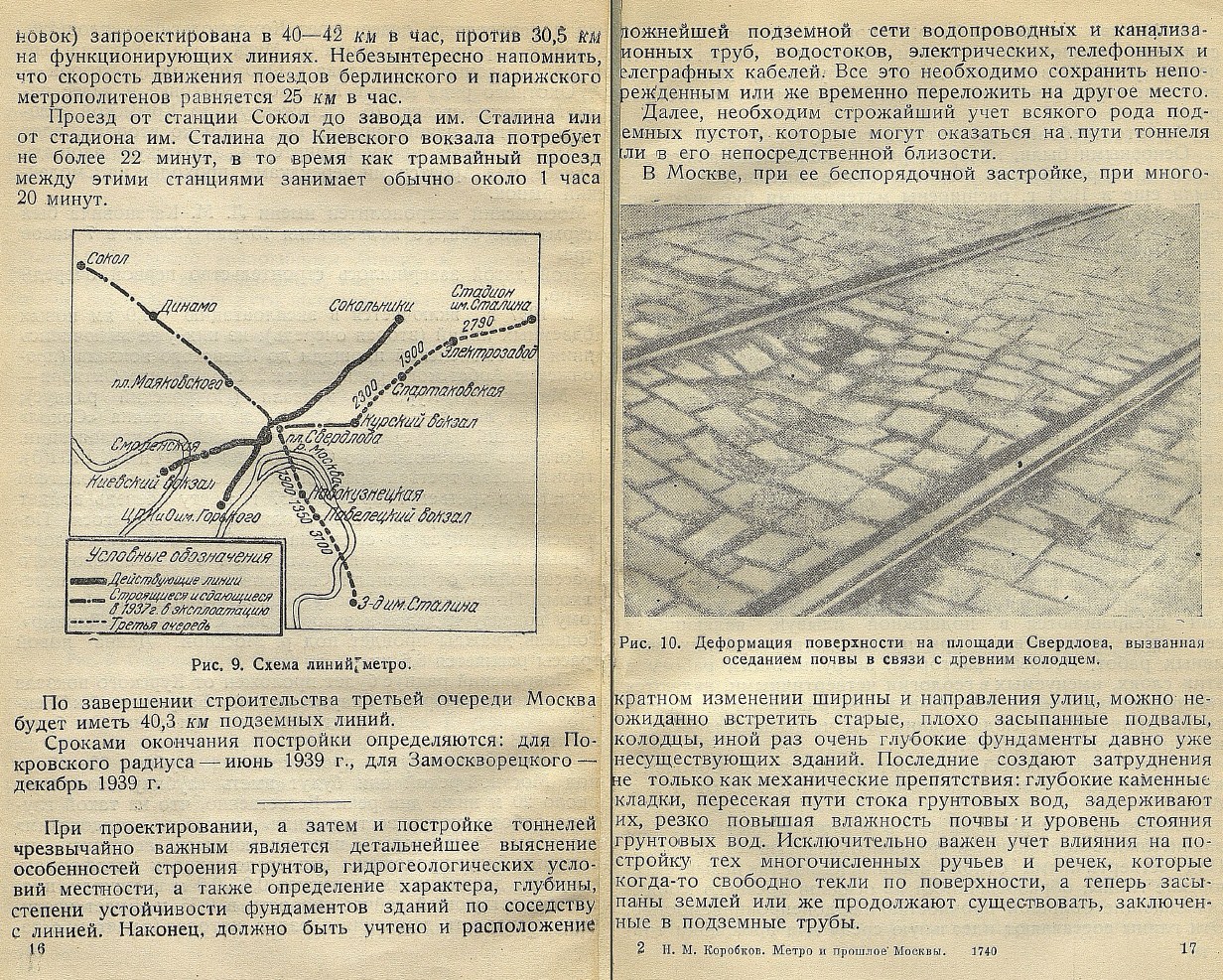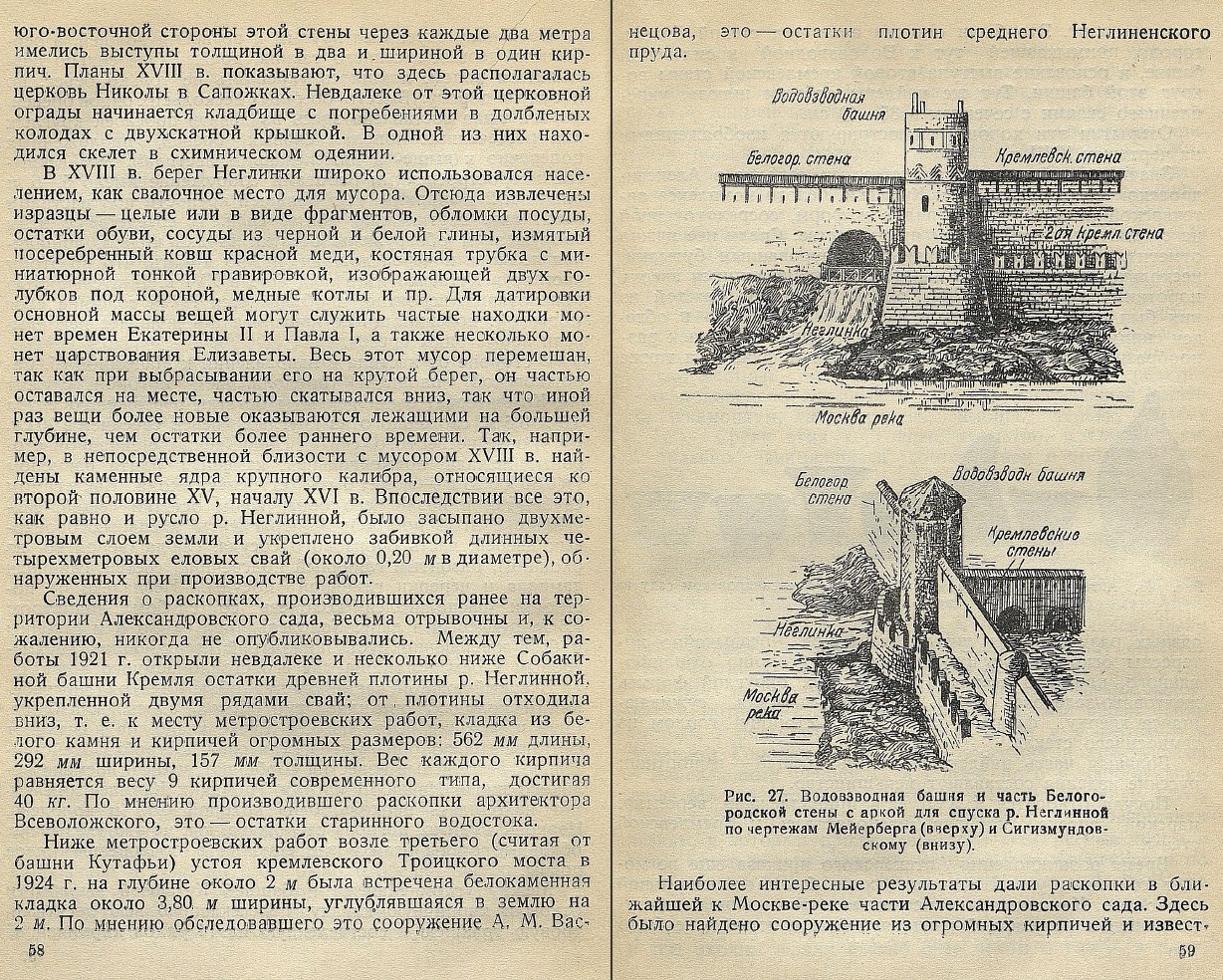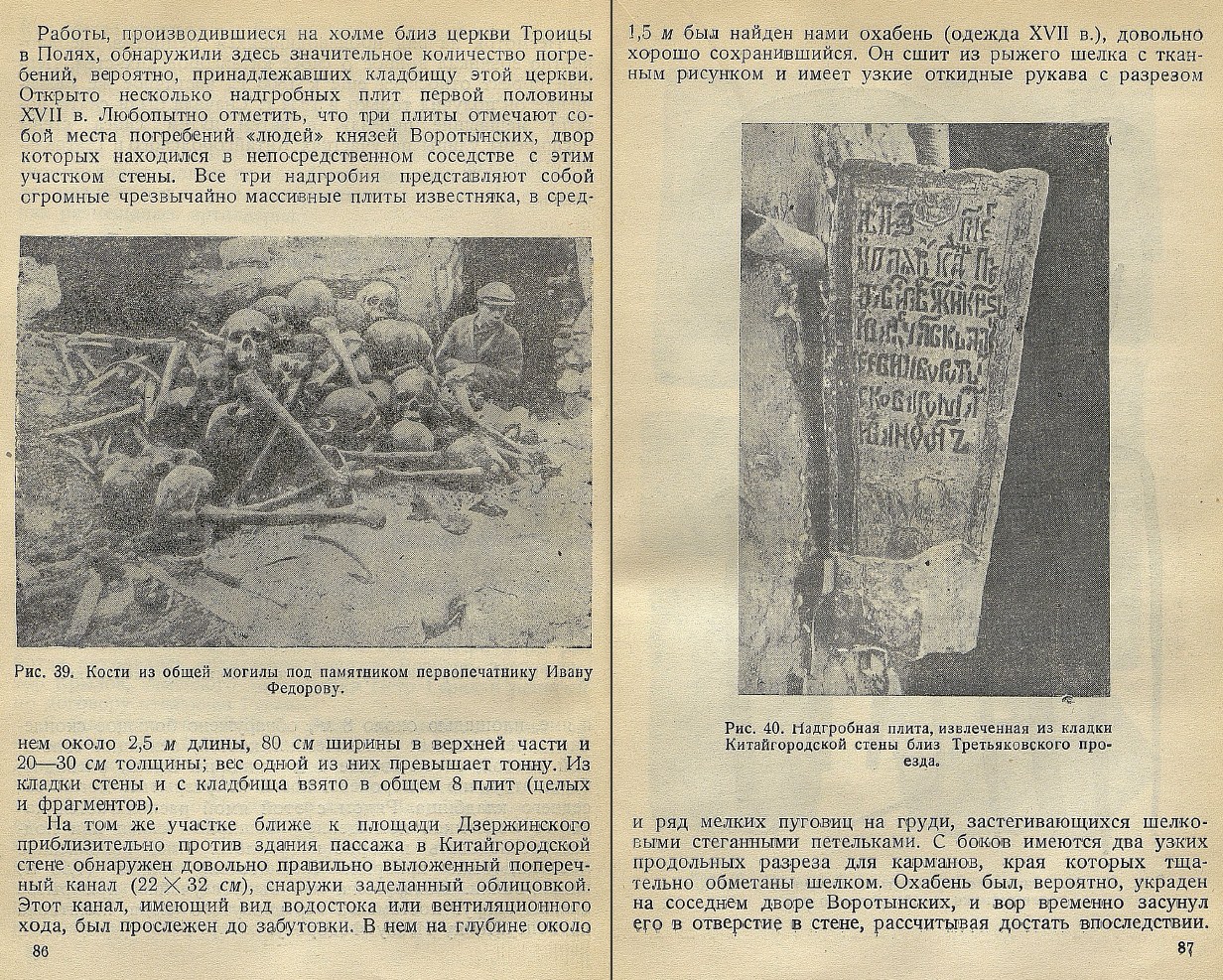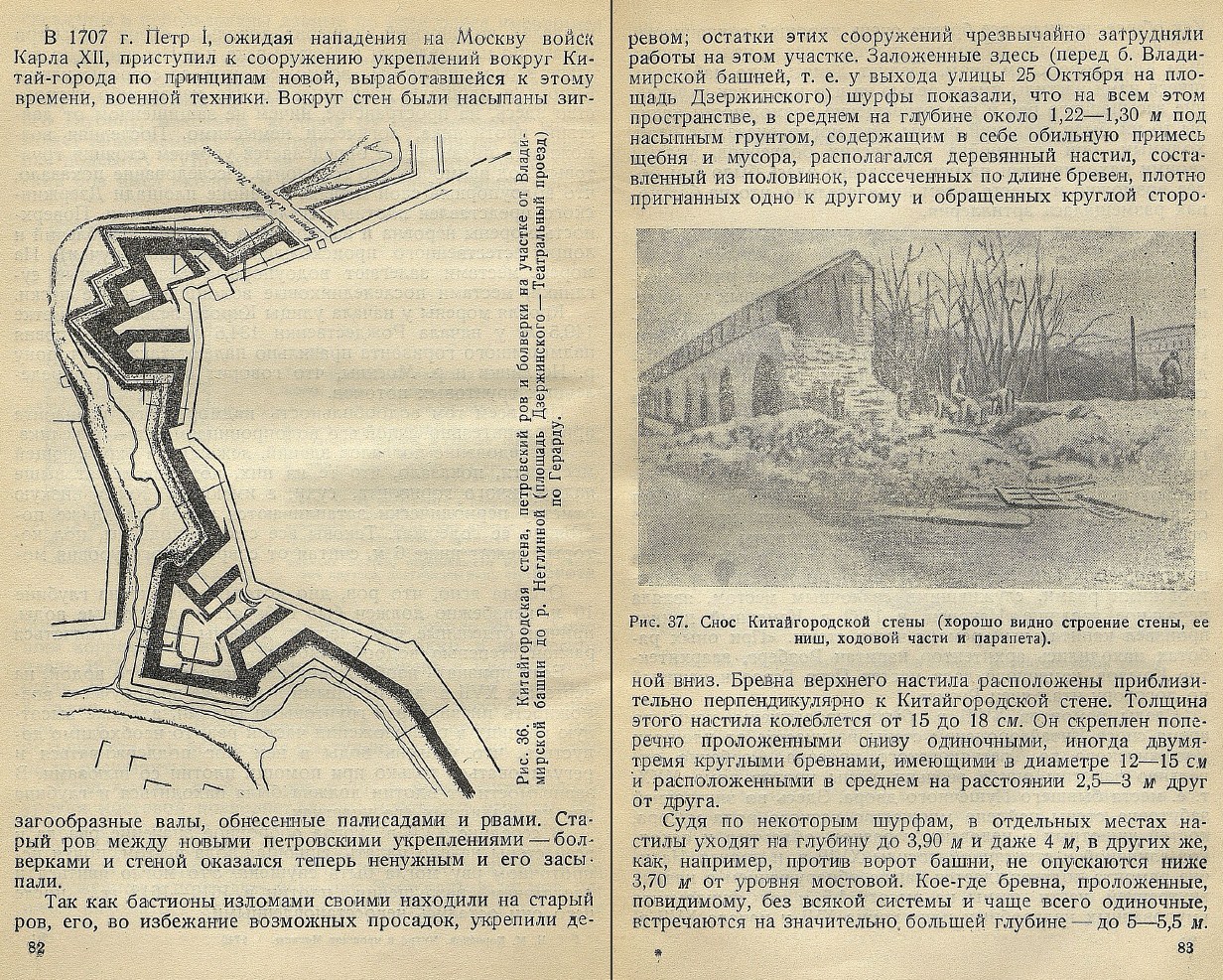- Arts & Culture 6204
- Business & Economics 676
- Computers 329
- Dictionaries & Encyclopedias 70
- Education & Science 76847
- Abstracts 73
- Astrology 4
- Biology 8
- Chemistry 3920
- Coursework 15556
- Culture 8
- Diplomas 316
- Drawings 1596
- Ecology 5
- Economy 81
- English 80
- Ethics, Aesthetics 3
- For Education Students 17651
- Foreign Languages 11
- Geography 3
- Geology 1
- History 88
- Maps & Atlases 5
- Mathematics 12624
- Musical Literature 2
- Pedagogics 19
- Philosophy 22
- Physics 15120
- Political Science 5
- Practical Work 59
- Psychology 65
- Religion 4
- Russian and culture of speech 8
- School Textbooks 7
- Sociology 9
- Summaries, Cribs 87
- Test Answers 160
- Tests 8753
- Textbooks for Colleges and Universities 32
- Theses 7
- To Help Graduate Students 14
- To Help the Entrant 38
- Vetting 382
- Works 13
- Информатика 8
- Engineering 872
- Fiction 708
- House, Family & Entertainment 84
- Law 133
- Website Promotion 70
Metro and the secrets of underground Moscow
Refunds: 0
Uploaded: 17.03.2019
Content: text 75 symbols
Product description
A unique edition of 1938, dedicated to the history of the Moscow metro. However, archaeological information about ancient dungeons and artifacts discovered during the construction of subway tunnels is of particular value.
Work done on a hill near the Trinity Church in the Fields, found here a significant number of burials, which probably belonged to the cemetery of this church. Opened several tombstones of the first half of the XVII. It is curious to note that the three plates mark the burial places of the “people” of the Vorotyn princes, whose courtyard was in the immediate vicinity of this section of the wall. All three tombstones are huge, extremely massive limestone slabs, on average about 2.5 m in length, 80 cm in width in the upper part and 201-30 cm in thickness; the weight of one of them exceeds a ton. In total, 8 slabs (whole and fragments) were taken from the wall masonry and from the cemetery.
In March 1934, when digging a semicircular trench for the vestibule of Dzerzhinskaya station, when the mine was brought to a depth of 6 m, a layer of earth collapsed, separating the trench from the tower foundation, from where water gushed under great pressure. In two minutes about 60 m3 poured out. The stream rushed through the embrasure (50 X 62 cm) in the white-stone laying of the foundation. The embrasure hastily laid a brick and hammered with tow, the water, however, continued to flow, speaking even through the seams of the foundation stone. It has been suggested that there is a channel under the tower. In order to block it, a pipe was inserted into the embrasure through which cement and liquid glass were injected.
About a ton of this solution was let in, but there was no effect - the water continued to flow, gathering on the bottom. trench and making it difficult to continue work. In this regard, a special meeting with the participation of archaeologists, historians and geologists was convened at Metroshroi, which decided to conduct a detailed study of the lower floor of the tower, where we assumed possible the existence of a reservoir fed by a spring during the siege. The basis for this was provided by the study of an inventory of a wall of the 17th century, which allowed to establish the presence of some underground structure of defense significance, “hearing”, near the Vladimir Tower, from which, obviously, water poured in, interfering with the metro-Stroi work. the tower, in the immediate vicinity of the embrasure at the bottom, through which the water flowed, was a pit with sides of 1.5 X 1.5 m.
We expected that this pit, which was laid symmetrically to the one that had been previously broken, would also allow us to reveal plantar battles in the left corner, similar to those we had already seen in the right corner. These assumptions were fully justified: the plantar fights in the form of two vaulted dead ends with outlines and a layout plan identical to those described above were installed. The sizes of them and the ratio of parts gave here, however, some variation.
Feedback
0| Period | |||
| 1 month | 3 months | 12 months | |
| 0 | 0 | 0 | |
| 0 | 0 | 0 | |
